Any gearhead would be lying if they hadn’t considered a classic car at one time or another. It can be a wise investment with the right choice. But pick any of these Italian classic cars, and you’re sure to regret it.
Are Italian classics really that bad? Yes! In the ’70s and ’80s, Fiat, Lancia, and Alfa Romeo got themselves bad reputations for build quality. Rust blighted more than one Lancia, leading to an expensive and embarrassing buy-back scheme. Likewise, in 1995 with dwindling sales of badly produced cars, Alfa Romeo quit the US market.
Yet, It’s not just mainstream carmakers that have given gearheads reason to be unhappy. Italy, famed for some of the best supercars, has seen the big-three roll out their fair share of letdowns.
By all means buy a classic, even an Italian exotic. Just not one of these, or you’ll regret it.
10 Lancia Beta Coupe
In days gone past, Lancia produced some of the finest cars that money could buy. In 1973, that included the prettier Lancia Beta Coupe, a 2+2 coupe wearing a shortened body. Under the hood, engines grew from the base 1.3-liter to a supercharged 2-liter unit kicking out 135 hp.
Yet, gearheads taken in by the svelte coupe body were in for a shock. Built to budget levels, the Beta, like so many Lancia cars, suffered from rust. New cars left the factory already showing telltale signs of corrosion. So bad was the problem, Lancia bought back most of the affected cars in Europe.
9 Alfa Romeo GTV6
Another pin-up quality Italian classic guaranteed to make gearheads drool is the GTV6, which has a special place in every classic car enthusiast’s heart thanks to its good looks and vocal V6 engine.
But, not all is well with the GTV6. Plagued by build issues with its electrics, the GTV6 often leaves gearheads at the side of the road. While most of the issues are easy fixes, they are sure to rear their head on many occasions.
8 Ferrari 208 GTB
Dipping its toes into budget sports cars, Ferrari fell foul of the too little for cheap. On appearances, the 208 GTB looks identical to the stunning Pininfarina 308. Sadly, the numbers tell a different story.
Under the rear deck, owners are in for a disappointment. For cost-saving exercises, the 208 GTB makes use of a 2-liter Tipo V8, producing a lackluster 155 hp. Tax-saving smaller engines aside, the 208 GTB was slower than it looked, taking 8.5 seconds to reach sixty miles per hour.
7 Lamborghini Jalpa
In a similar vein to the 208 GTB, Lamborghini was desperate to attract buyers with a cheaper sports car. Like a scaled-down Countach, the Jalpa is a wedge-shaped two-seater with little compromise.
Lift the hood, and V12 engines made way for a smaller 3.5-liter V8 driving the rear wheels. While the Jalpa was easier to drive, gearheads were not convinced. While the Countach was a beast to drive, it had drama by the bucket load.
6 Fiat Barchetta
Following the smaller is better ethos, Fiat’s Barchetta had a lot going for it when it launched in 1996. As a successor to the dated 124 Sport Spider, gearheads had high hopes for Fiat’s improved build. The bad news is Fiat hadn’t moved on.
Sure, it was a well-balanced two-seater with a sweet revving 1.8-liter engine in the nose. Yet, those plus points soon evaporated with engine speeds randomly dropping without notice. The rear suspension is another area that owners found frustrating. The characteristic splayed rear wheels indicated Fiat hadn’t learned from its previous errors.
5 Lancia Stratos HF Stradale
The undisputed king of the World Rally scene, the Lancia Stratos won three WRC titles from 1974-’76. Off-road, it’s a potent four-wheeled supercar capable of insane speeds and agility. On the road, it’s a different story.
Compromised for agility, the Stratos packs a lot into a tiny 146-inch body. Naturally, something had to give. In the cockpit, where space is at a premium, the driver’s feet and hands are not aligned as you’d expect. However, the biggest issue is the handling. Get the Stratos out of shape, and you’re sure to head to the nearest ditch, fence, or another unmovable object.
4 Maserati Biturbo
The famous Trident badge alone is enough to tempt gearheads to part with their cash. Maserati’s reputation after all came to be on Europe’s racetracks. Sadly, its road cars haven’t always been up to the same standards.
To be fair, the Biturbo came about as a need to produce newer cars on a budget. Those budget constraints had a huge impact on customer satisfaction. On a good day was as quick as any other car. But its shocking reliability, in reality, made it much slower. Featuring a turbocharged V6 putting down as much as 275 hp, the Bi-Turbo could crack 140 mph.
3 Fiat 124 Sport Spider
Gorgeous to look at, it is easy to see how the 124 Sport Spider tempted buyers to part with their cash. For its time, it was a modern two-seater roadster atop a conventional sprung chassis. Upfront, Fiat’s Lampredi engines of varying displacements kicked out up to 118 hp.
Not huge numbers by any means. But considering the car weighed in at 2,100 lbs, performance was better than you might think. However, remember this is a Fiat, and rust is an ever-present worry, as is the quality of electrical fixings. While most are due to faulty connections and earths, it’s a labor-intensive task.
2 De Tomaso Deauville
Pantera, Longchamp, and Mangusta, are all De Tomaso masterpieces with muscular good looks. Adding to the list of Italian exotics, is the often overlooked Deauville, De Tomaso’s take on the Jaguar XJ. Sadly, for De Tomaso, things didn’t go quite so well.
At launch, higher prices put paid to big sales numbers. The Deauville totaled 244 cars over fourteen years. By no means a bad car, but you can imagine the dismay of gearheads at a slower and more expensive luxury car than the XJ. And then worsened by Jaguar adding a V12 engine option.
1 Chrysler TC By Maserati
Three car companies in one, sort of. Funded by Maserati and Chrysler, with a touch of Italian flair provided by De Tomaso, the Chrysler TC is an odd mix of volume production and exotic pedigree that flopped.
Depending on your views, it’s a Chrysler Q-based car. In reality, Maserati assembled the TC in Italy. What could go wrong? A lot. A confusing identity that was neither sporty nor luxurious led to the sales of 7,300 cars. But, the greatest letdown was the clear similarity with Chrysler’s own, cheaper LeBaron.
Sources: Breaker Yard, Fiat, Hagerty, Ferrari, De Tomaso Automobili

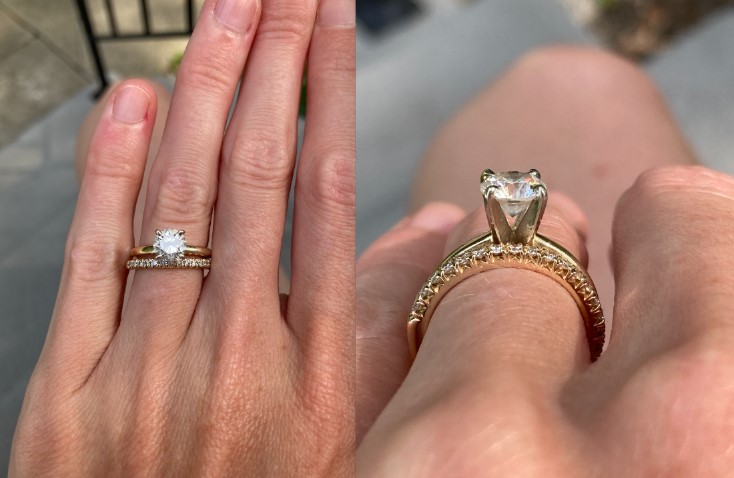
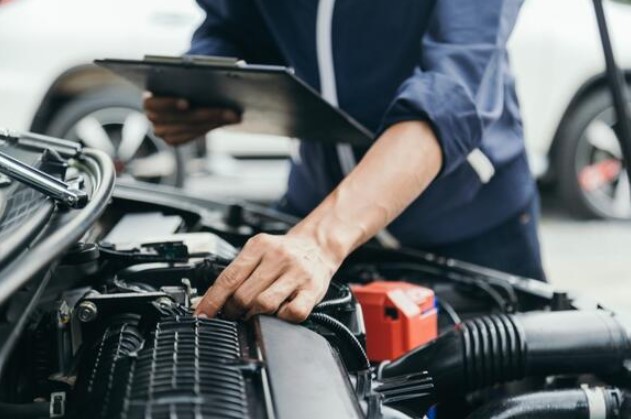
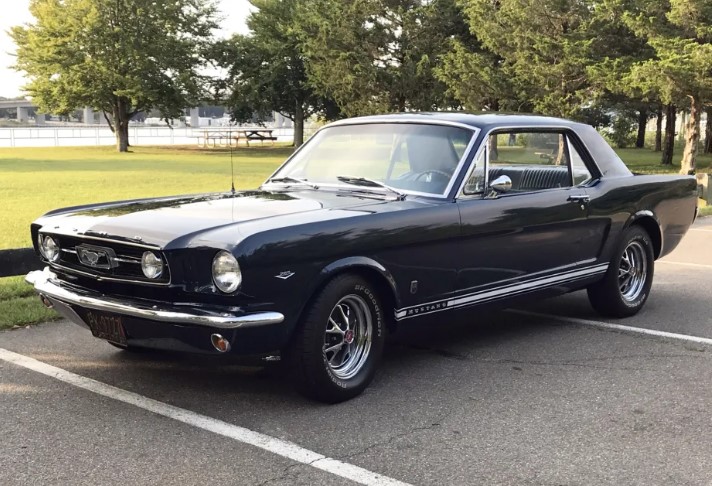

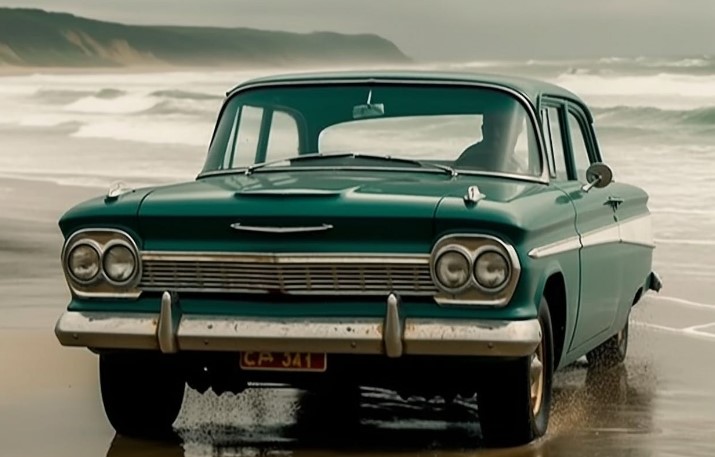
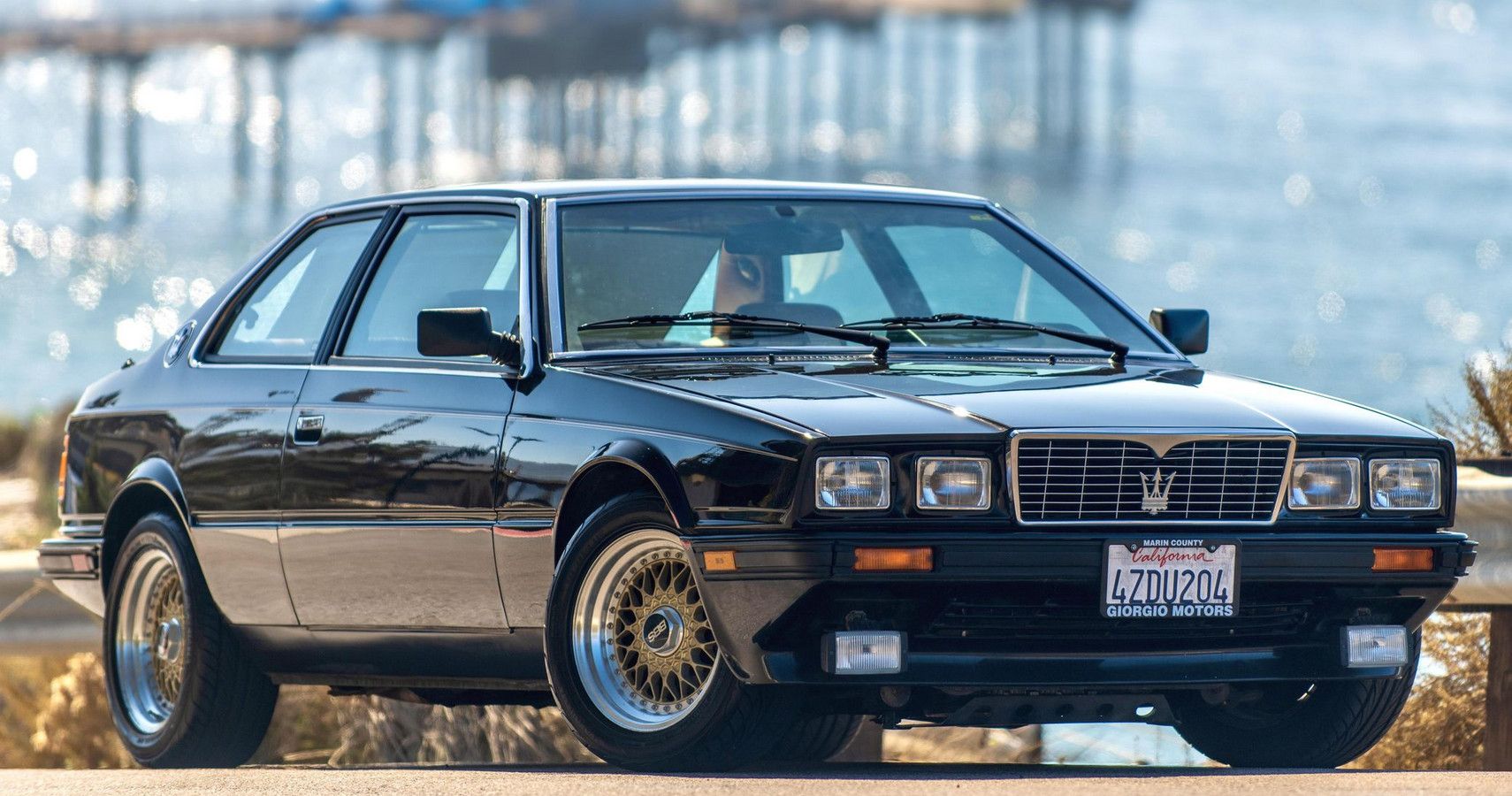
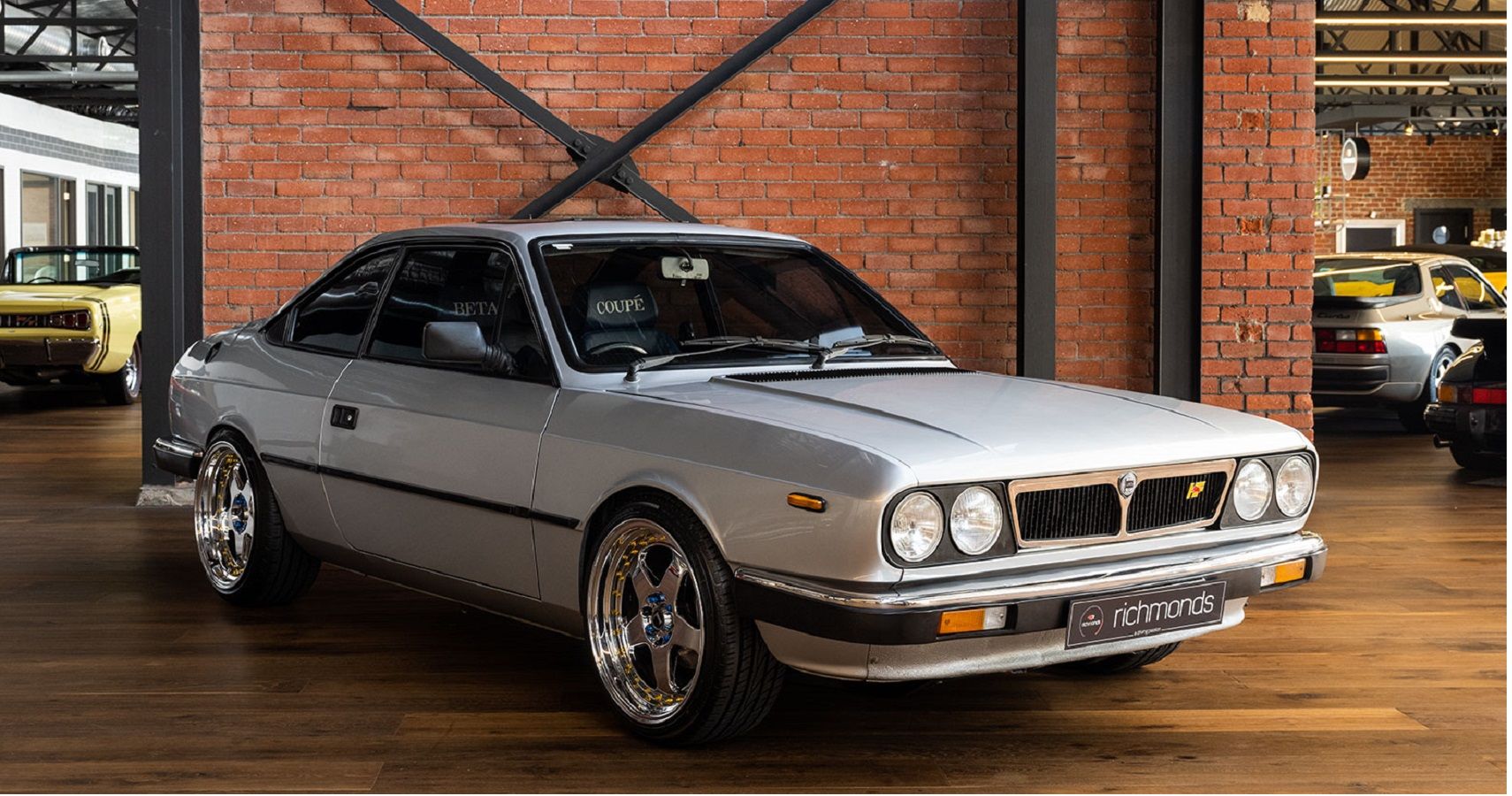

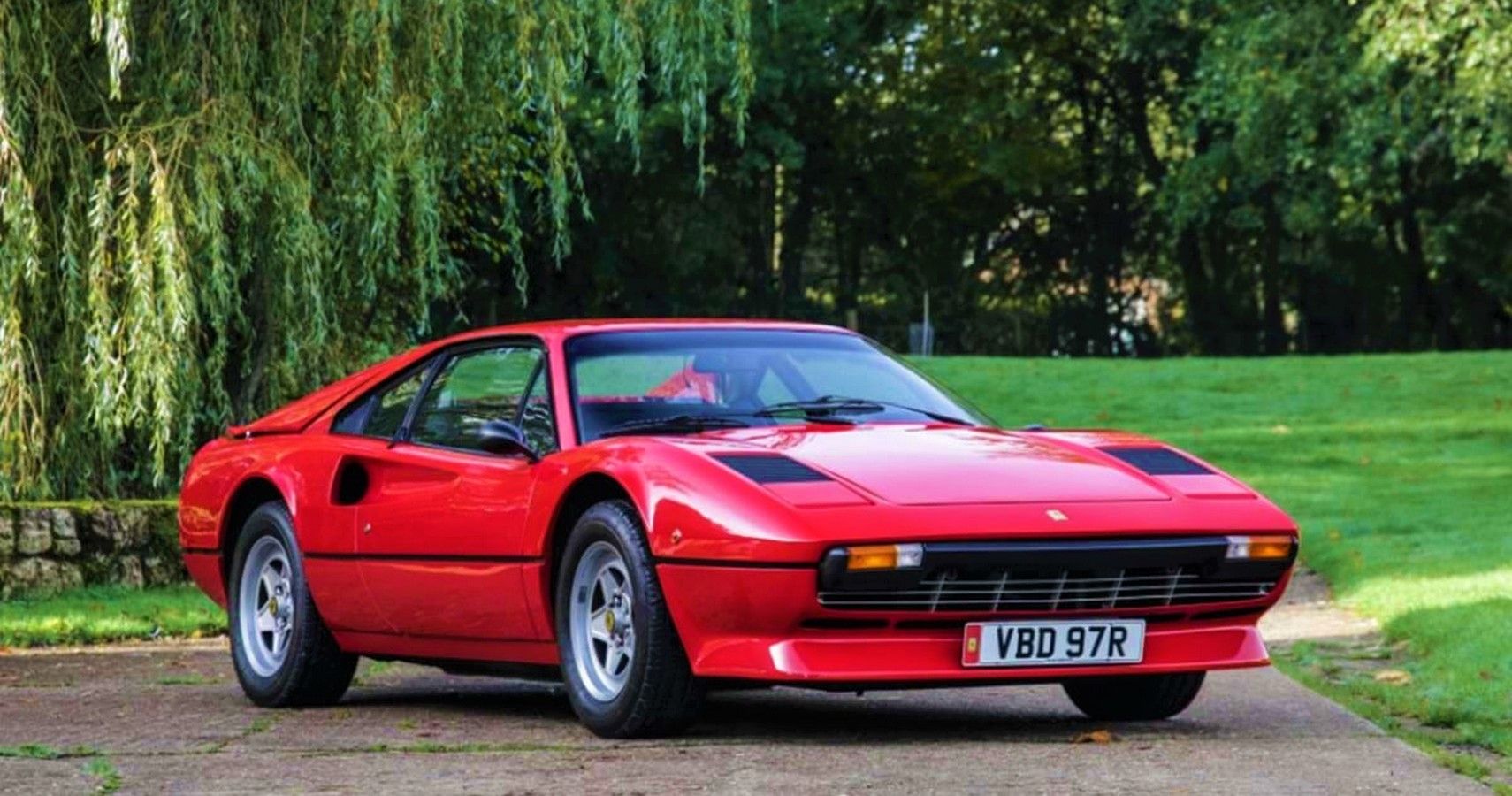

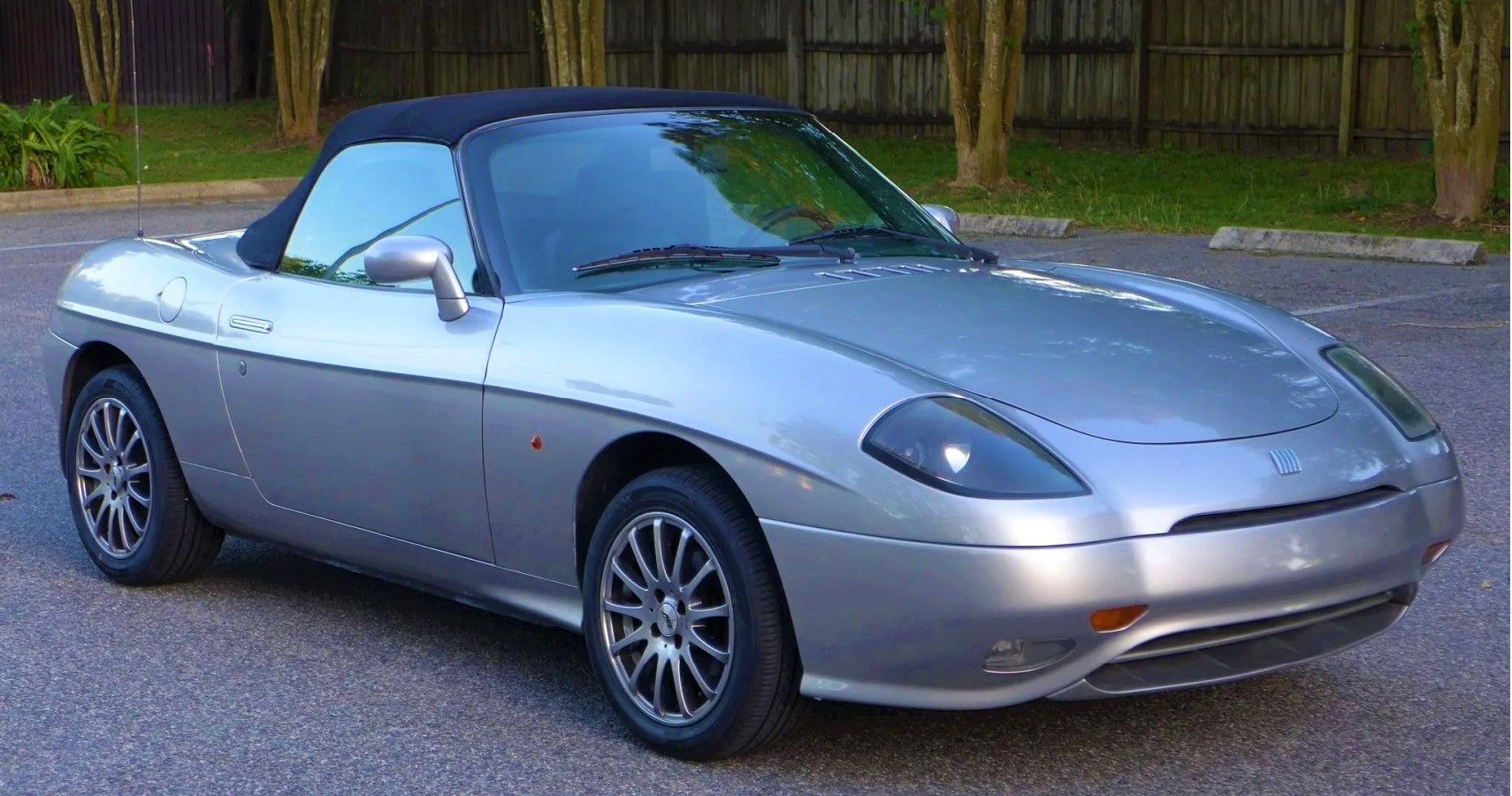
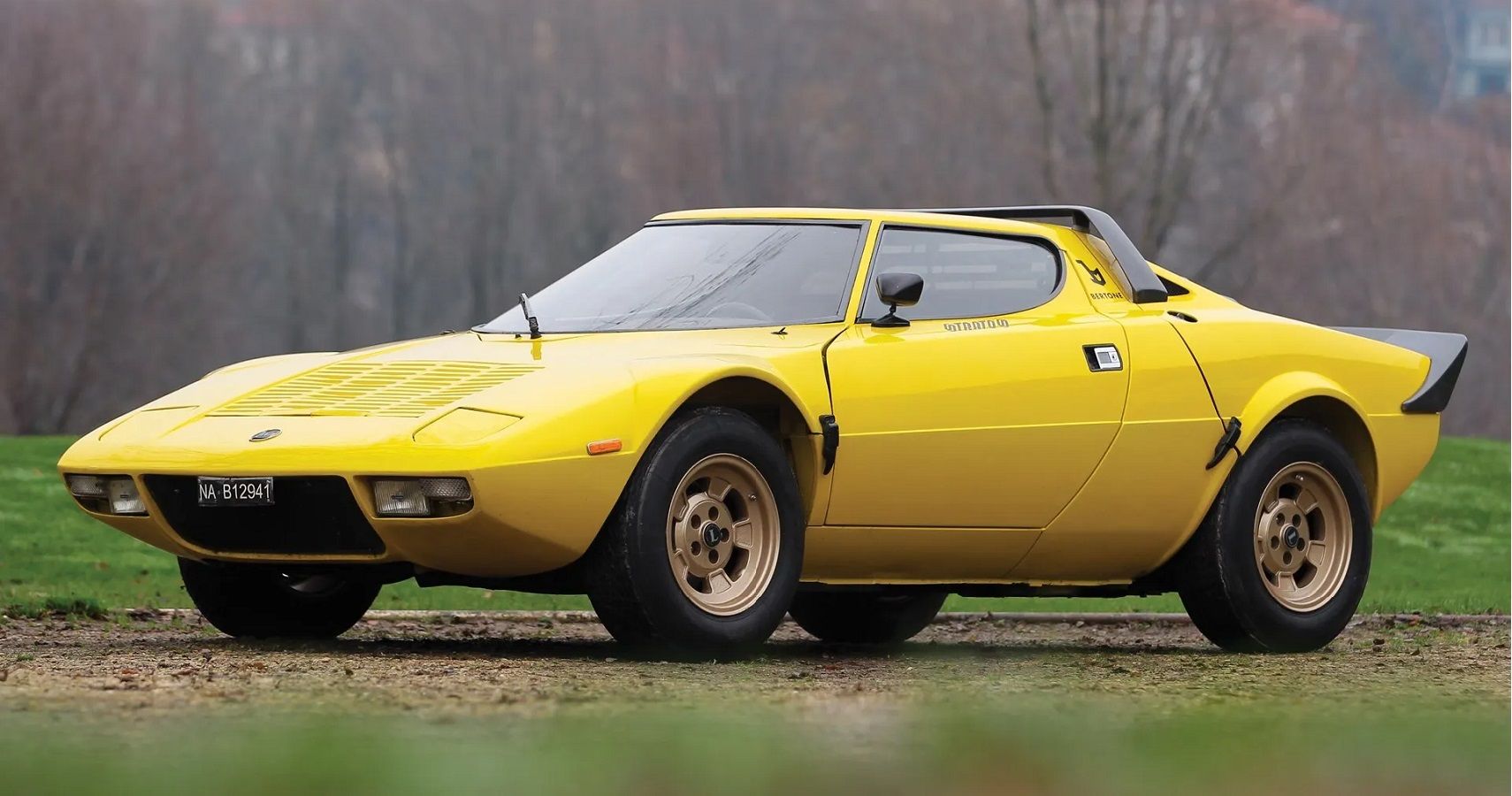
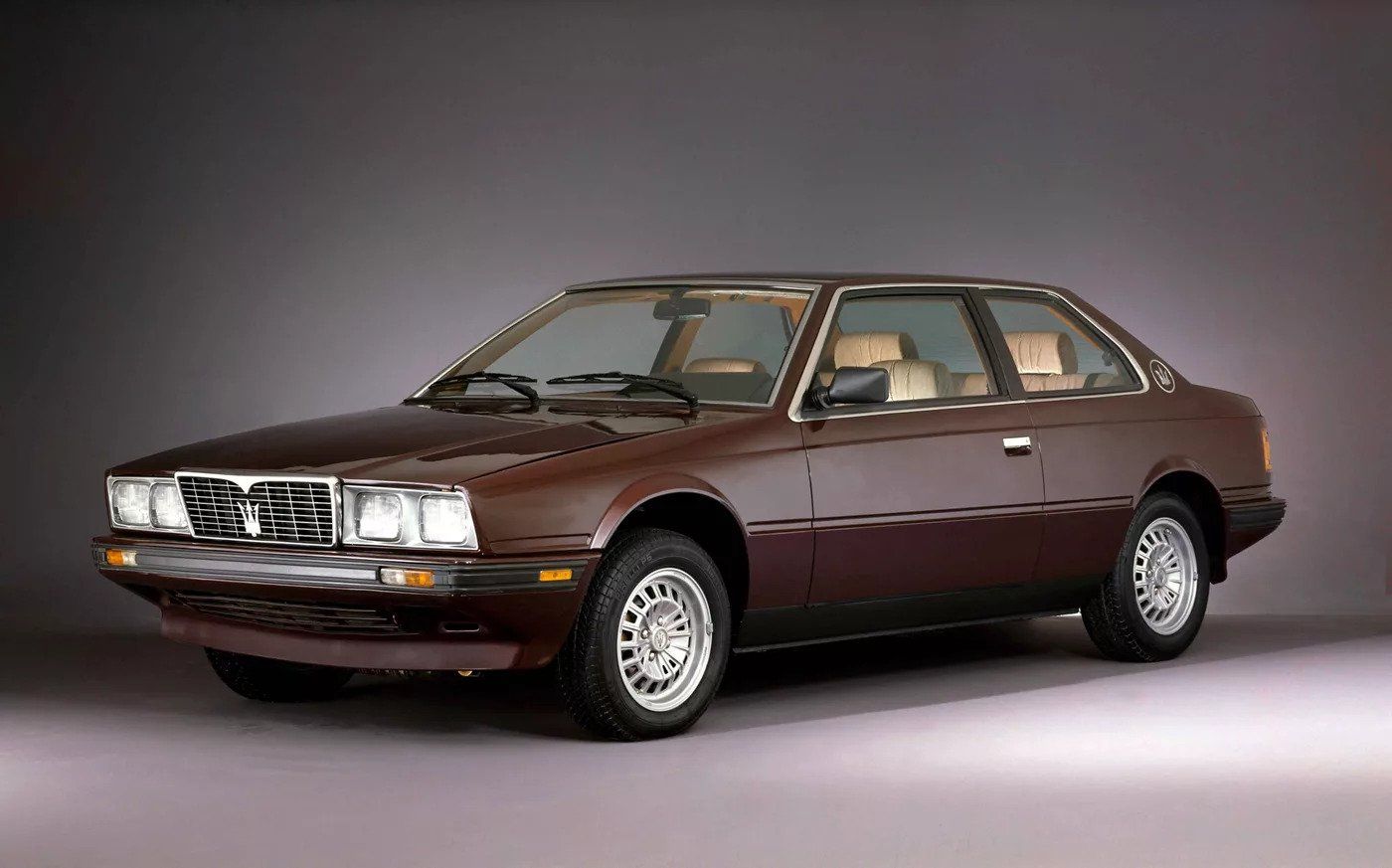


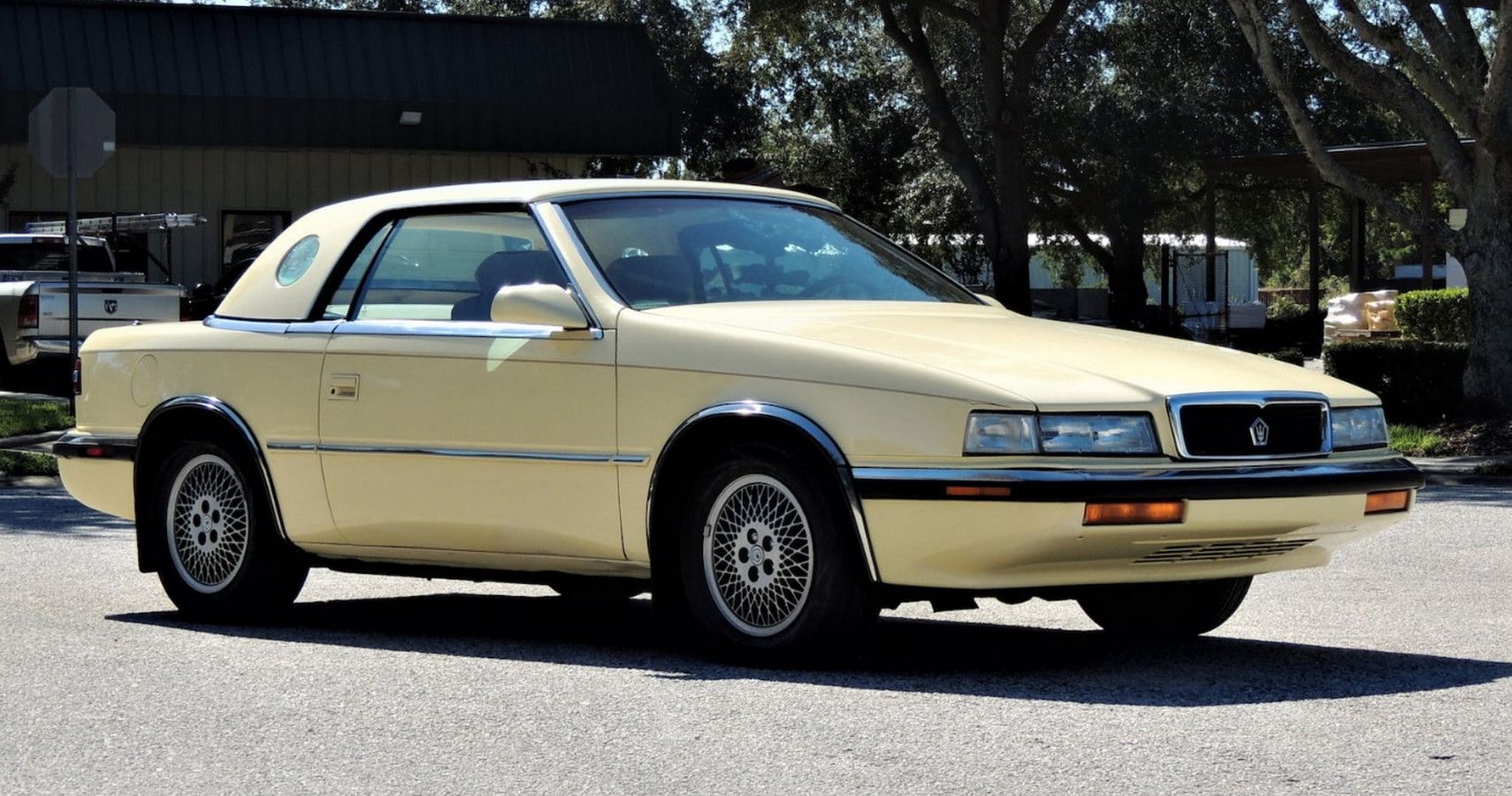
More Stories
Old Mustangs for Sale: Navigating the Allure of a Classic Ride
Vintage Mercedes: Unveiling Timeless Elegance and Engineering Mastery
Hemmings Classic Cars: Timeless Beauty on Four Wheels